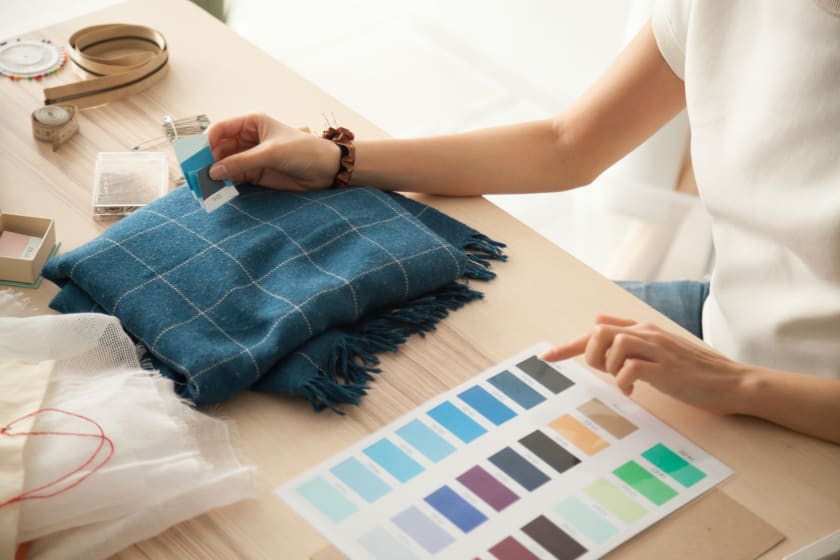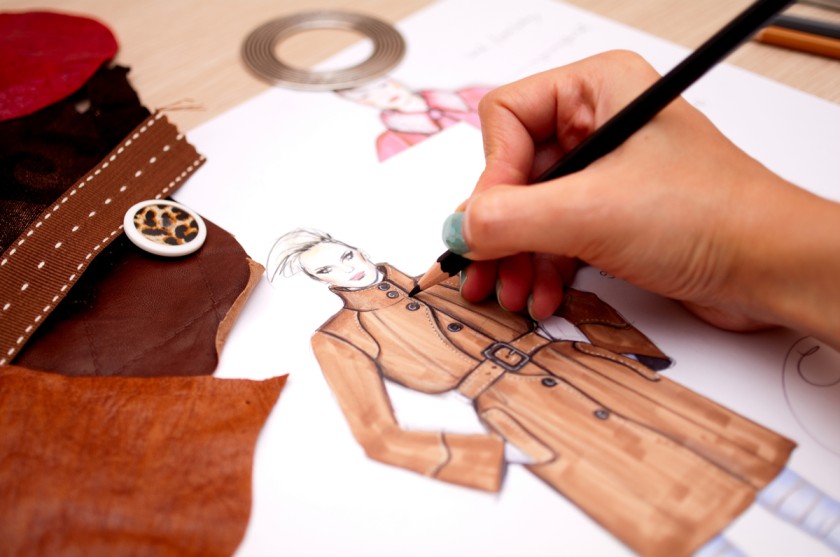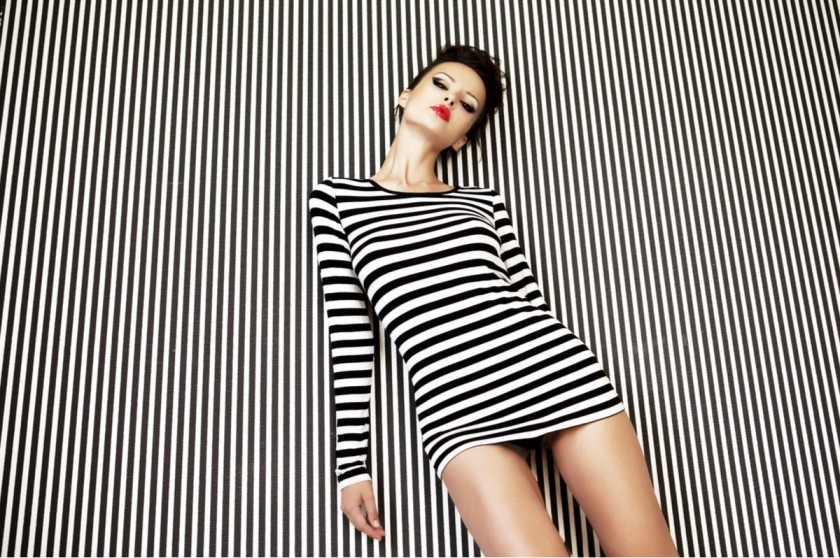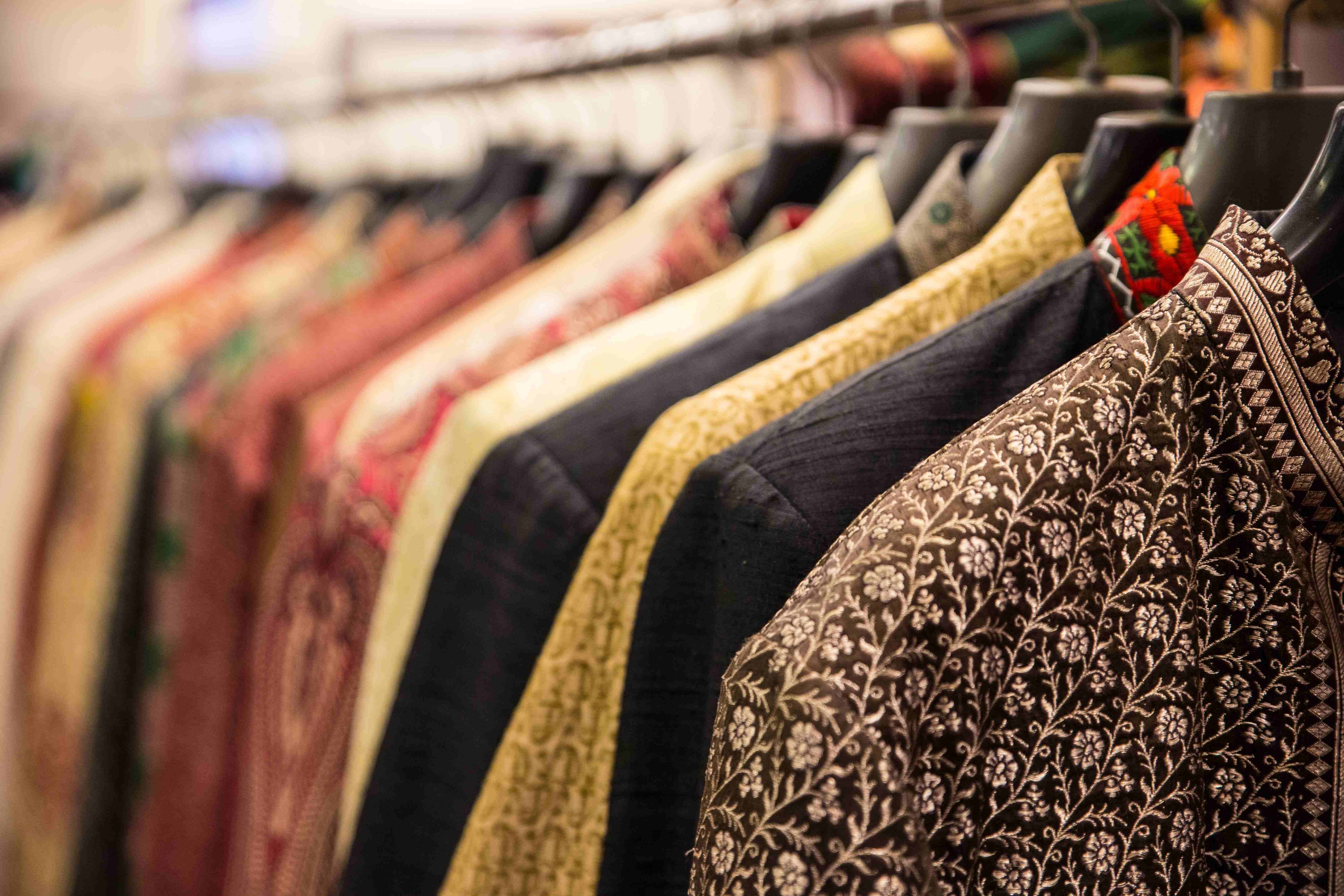Garment Designing 101: An Advanced Guide for Young Professionals



Garment designing, by definition, is the harmonious blend of various design elements to create a visually and esthetically pleasing end product. The design elements include color, texture, balance, proportions, silhouette, focal point, shape, finesse, and finally, the harmony of all the elements incorporated into the design.
These contribute to the visual perception and psychological comfort of the garment. There are five areas for cultivating creativity: thought, inventory, technique, artistry, and navigation. Each of these areas must be deciphered and shaped to make the final product. There must be dedication and attention to detail that will help in leveraging the designer’s vision.
I. Ideation
1. Historical Reference and Reverence
It is said that those who do not learn from history are bound to repeat their mistakes. Three mainstays in the realm of fashion that have been restyled are corsets and aprons. The corset, which began as a foundation garment, has evolved into a fashion statement and still reigns dominant. At the most basic level, an apron protects garments from wear and tear. Short-waist aprons, as well as ornamental hostess aprons, were worn when most women lived at home.
2. Unique and Personalized Garment Designs
Some of history’s greatest designers have succeeded by creating their branding and benchmark in the industry using original designs that attracted people from all walks of life. The authenticity and originality of your designs is a quintessential feature that will help establish yourself and create a foothold in the garment designing industry rather than being forgotten as just some footnote.
Creating garments that reflect your vision and taste tends to be one of the best methods of garment designing. The garment designers can also create new patterns and color combinations as per their preferences. A play of colors, patterns, and optical illusions like the Muller-Lyer illusion is an evergreen trend in the fashion world.
3. Trends: On, Off, and Adjacent

Design firms devote a significant amount of time and resources to predicting and/or initiating trends. Designers who wish to be unique must decide whether they want to be on-trend, trend-adjacent, or off-trend. They must know whether to lead, follow, or ignore a trend.
4. Forging Identity
Great brands all have one thing in common: they deliver evolving messages, products, and services that never stray too far from their origins. Designers can create an identity with each decision they make.
5. Fashion Equations
Customers have requirements such as practicality and comfort when it comes to design details.
Those requirements must be analyzed, and components must be designed accordingly. It’s simple to expand a customer’s basic wardrobe or a designer's primary collection. It is simple to pull in once a framework is in place. To keep things interesting, add some accessories.
II. Inventory
1. Acquisitions
Experts in garment designing will familiarize themselves in the field, track their objective, and achieve it.
It is critical to identify the appropriate machinery and tools. Cutting instruments are not all made equal. Shears are used for cutting fabrics, while scissors are used for cutting paper in design rooms. Pinking shears, appliqué scissors, and snips all help with specialized tasks. Fashion enthusiasts are a bit more subjective. They will search through the many options for fabrics to find the best raw materials for the job based on aesthetic requirements and seasonal demands.
2. Collaboration

There are a few successful fashion design teams that demonstrate that having two heads is often preferable to having one. A creative partnership can produce designs that are more sophisticated and imaginative than those created by a single vision. Partnerships with buyers, editors, clients, and other designers may all help you develop successful concepts and improve your creative process.
3. Pattern Instruments
Pattern making necessitates that designers filter their idea through a precise mathematical grid. Well-executed patterns are heavily reliant on geometry. Designers should be well-versed in the function of each instrument of the trade and fluent in the language of units of measurement they are working with, down to the smallest fraction.
III. Technique
1. Checks and Balances
Self-correction is one of the most crucial stages in the design process. There may be a feeling that something is not quite right, but pinpointing the issue is tough. The issue must be removed out of context to accomplish this objectively. Checking the work can be done in a variety of ways. Turning a two-dimensional representation of a design upside down so that it may be regarded as an abstract object helps to highlight imbalances. To avoid unwelcome distortions, a version of a sketch on tracing paper can be folded in half at the figure’s center.
2. Underpinnings and Assembly
A solid infrastructure will assist every organization, no matter how simple or complex it is. Many aspects that are not visible at first glance go into constructing clothes. Specific techniques and materials that best serve the design will be required for good quality. The optimal seam for a project is determined by the impact the designer is attempting to achieve as well as the nature of the materials utilized. Plain seams, finished with king shears or overlock stitching to prevent unraveling, can be used on simple clothes. Unlined clothing frequently features bound seams, which are finished with a strip of bias-cut fabric.
3. Fit
Depending on the fit style of the designer, garments can grasp, skim, or bag around the wearer’s body. Although a flattering fit is subjective, clothing that pinches and cuts into the body, or overwhelms it with volume, is rarely regarded as attractive or appropriately proportioned. Finally, because of a diversity of cultural influences that nurture diverse ideals of beauty, judgments on fit are always subjective. A tight fit will encircle the body, forming a second skin that will crease and fold as it tries to cover the area. To maintain the integrity of the shape, a proper fit will follow the contours of the body with a balance of mild tailoring and ease.
4. Anatomically Correct
Textile technology and engineering are used for addressing the challenges associated with mobility in athletic clothing, medical garments, and undergarments. A thorough understanding of the human body and how it functions also enables the designer to isolate components of the design process to address certain sections of the body, each with its own set of benefits and drawbacks.
IV. Selling
1. Branding
This is one of the best ways of creating a foothold in the industry. Branding refers to the creation of a unique benchmark in the mind of the public by identifying the firm with a popular notion, a social issue, or common unspoken things. These firms often generate their products to represent their notions as this allows the public to connect with ideologies represented by the firm strongly.
2. Knowing Your Models

When choosing models to showcase the garments, designers often ensure that the fit of the garment is suitable to the body shape, height, and size of the model and also keep in mind the color clashes that may come up due to the hair color or the eye color of the model. For example, designers work with tall and slim models to showcase long flowing dresses whose outward appearance is enhanced due to the build of the model. When working with models with pale skin, designers try to put on dark-colored or autumn-themed garments, which set a tone for the whole outfit.
3. Platforms
A designer should always be developing a platform with and around their work to be ready when opportunity knocks. Authentic encounters and unforgettable experiences are crucial for cultivating a loyal fan base. When the designer has high-caliber connections, he or she can stimulate and activate that audience when it’s needed. Before starting to build a comprehensive communication network, decide which outlets best align with the designer’s goals: a website, social media, project partnerships, blogs, etc.
4. Keeping Up with the Latest Media
In recent times, there has been a rise in the number of apparel selling websites, making it easier for consumers to compare and buy the best dresses for their wardrobe. Advertising and socializing through online services allow garment designers to build connections and also start branching while slowly learning the ropes of the garment industry. These social media apps also provide a platform for budding garment designers to showcase their portfolio directly to the consumers to create demand.
Conclusion
Designers strive to meet demands for fashionable outfits, and given the time it takes to bring a piece of apparel to the people, they should anticipate shifting market trends on occasion. People who want to stay up to date on the latest fashion trends read various fashion magazines and media. Indeed, the value of fashion design is critical in everyone’s lives because it provides us with a good impression if they dress in the most current style. With Fashinza, you can connect with garment experts who weigh in with their experience and expertise in garment manufacturing and design. Explore today to find information, inspiration, and results.



















